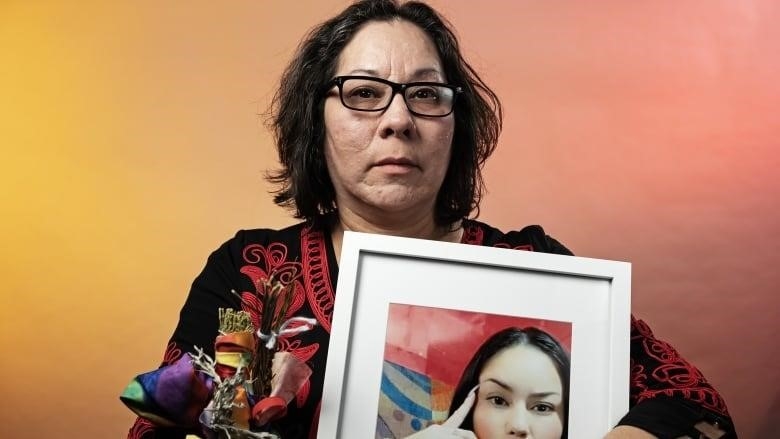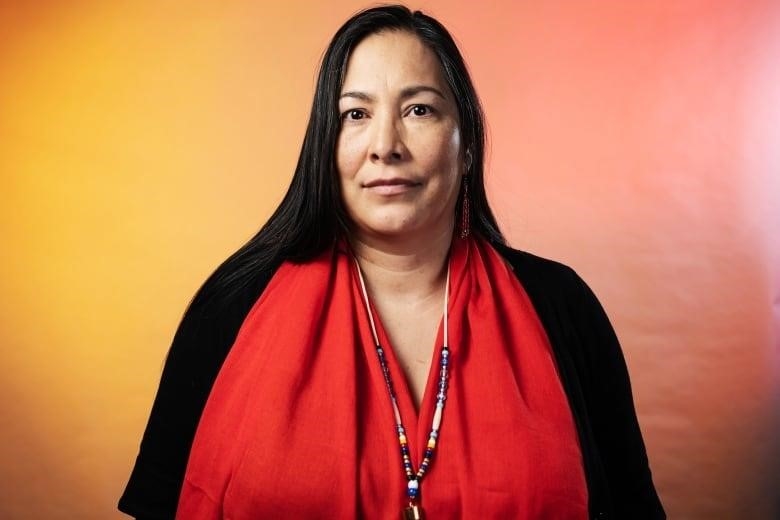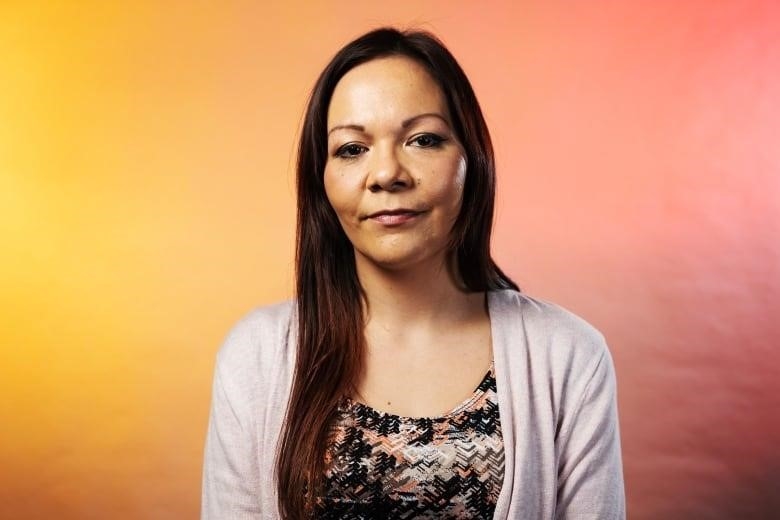
The MMIWG report said that a national team should look at “unresolved” cases, but that hasn’t happened yet
Val Charlette wonders if an Indigenous-led task force would have thought her daughter’s death was strange if they had been called in to look into it.
Angela Lavallee wonders if a task force would have found out who killed her granddaughter when she was a baby.
Destiny Paupanakis wonders if her sister’s death would have been looked into again as a murder instead of being ruled a suicide.
They won’t get a chance to find out. Not yet, anyway.
The truth about my daughter needed to be heard.– Val Charlette
That’s because the federal government hasn’t set up a national task force to look into all unsolved cases of missing and murdered Indigenous women and girls, even though this was one of the most important calls for justice in the MMIWG inquiry’s 2019 final report.
Angela Lavallee says, “There’s almost this story… of ‘Don’t tell me how to do my job.’ That needs to stop.” “Police, policing, and medical examiners need to listen.”

The call for a national task force was one of 231 calls for justice in the National Inquiry into Missing and Murdered Indigenous Women and Girls’ final report, which came out in June 2019. The calls, which the report calls “legal imperatives,” are instructions that governments and institutions were told to follow to stop violence against Indigenous women, girls, and two-spirit people.
The inquiry report said that the national task force should “review and, if necessary, reinvestigate each case of all unresolved files of missing and murdered Indigenous women, girls, and 2SLGBTQQIA people from across Canada.”
A CBC analysis shows, however, that it is one of more than half of the calls for justice that have not been started as of July 2023. The federal government says that to make it happen, it would need the support of many governments, police departments, and Indigenous leaders.
So far, that hasn’t been the case.
In a written statement to the CBC, a federal government spokesperson said, “The Government of Canada remains steadfast in its commitment to working closely with all partners on this critical, ongoing priority to address the root causes of violence against Indigenous women, girls, and 2SLGBTQI+ people, and to end the ongoing national crisis of MMIWG2S+.”
Families of people who have died live with unsolved cases that might never be looked into again.
In 2015, Zaylynn Emerald Rain, Angela Lavallee’s granddaughter, died when she was only nine months old. Even though Lavallee thought that someone they knew had killed her, her worries were not taken seriously, she says.
“There was never a full investigation. “Her death was ruled to have no clear cause,” Lavallee says. “I was called ‘paranoid’ grandmother.”
No one seems to care about us.– Destiny Paupanakis
Val Charlette also has to deal with the pain of a case that hasn’t been solved. She thinks she knows what needs to be done to fix it.
Tristan Jobb’s body was found on a golf course in Creighton, Saskatchewan, in October 2022. The course was out of the way and a few kilometers from where Tristan was last seen. Her face was cut and bruised, and her hair was tangled and full of dirt.
The coroner’s office said there was nothing strange about her death. Charlette came to a different conclusion, though, when she took part in a traditional cultural ceremony.
“At that ceremony, I was told that someone had given her a drug with a needle… They gave her too much medicine by accident, and they had to take her body somewhere. “And I know it’s not science,” says Charlette.
The justice system won’t accept her daughter’s truth, which is what she called it.
“According to science, I have to see it to believe it. In our culture, it was important that my daughter’s truth be heard.”
Charlette says that a national task force with Indigenous people on it would listen to that truth.
Charlotte says, “They know how to look at a scene, they carry sacred bundles to be a part of it, and they can see things we can’t really see.” “So that the only thing local police would have to do is make sure the scene is safe.”

Destiny Paupanakis says straight out that Call for Justice 9.9 hasn’t moved forward.
“No one seems to care about us. There’s no justice,” she says.
Paupanakis wonders if an Indigenous-led team of investigators would believe her suspicions that her sister Angel Blue Sky did not kill herself.
“Like she always said, ‘I’d never kill myself, so if anything ever happens to me, just know that I didn’t kill myself,'” Paupanakis says.
She says that a justice system run by Indigenous people could stop investigations that are based on racism.
“Justice would mean telling the truth and having our own police force,” he said.
Anyone affected by the details of these cases can get help. If you need help, you can call Medicine Bear Counselling, Support, and Elder Services at 204-594-6500, ext. 102 or 104, in Winnipeg, or 1-888-953-5264 outside of Winnipeg.
The Missing and Murdered Indigenous Women and Girls Liaison Unit of Manitoba Keewatinowi Okimakanak can also help. They can be reached at 1-800-442-0488 or 204-677-1648.
